The Distinction Between Lambskin Leather and Sheepskin Leather in Jacket Manufacturing
Introduction
When it comes to leather jackets, the choice of material plays a crucial role in both aesthetics and functionality. Among the plethora of leather types available, lambskin and sheepskin are two popular options that often lead to confusion. Both derive from sheep, but they differ significantly in texture, durability, and overall appearance. In this blog post, we will explore the key differences between lambskin and sheepskin leather, particularly in the context of jacket manufacturing. We will also discuss their advantages, smoothness, and the implications of seam placement on the finished product.
Understanding Lambskin and Sheepskin
To clarify, lambskin leather is made from the hides of young sheep, typically under the age of one year. This means that lambskin hides are smaller and often more delicate than those derived from mature sheep, known as sheepskin. Sheepskin leather comes from the hides of older sheep, which are larger and generally thicker. This fundamental difference in age affects not only the size and texture of the hides but also their processing and suitability for various applications, particularly in the fashion industry.
Size Matters: Hides and Seams
One of the most significant considerations when manufacturing jackets from these two types of leather is the size of the hides. Lambskin, being from younger sheep, typically produces smaller hides. This can be a double-edged sword. While lambskin is known for its softness and luxurious feel, the smaller size means that more seams may be required to construct a jacket.
In contrast, sheepskin hides are larger, allowing for the creation of a more seamless design. Fewer seams can lead to a cleaner, more streamlined appearance, which is often favored in fashion. This is particularly important in high-end jacket design, where aesthetics are paramount. The presence of additional seams in a lambskin jacket may detract from its visual appeal, making sheepskin a preferred choice for those who prioritize a polished look.
Smoothness and Texture
Another key difference between lambskin and sheepskin is their smoothness and texture. Lambskin leather jackets are renowned for its buttery softness and smooth finish. It has a luxurious feel that is often associated with high-quality leather goods. The tight grain of lambskin contributes to its velvety surface, making it an attractive option for jackets that aim for a sophisticated look.
On the other hand, sheepskin leather jackets, while also very soft, has a slightly different texture. It can be more robust and may feature a more pronounced grain, which can add character to the leather. The smoothness of sheepskin may not match that of lambskin, but this can be an advantage depending on the desired aesthetic. Sheepskin can offer a more rugged, natural look, which appeals to those who seek a casual or vintage vibe in their leather jackets.
Advantages and Disadvantages of Lambskin and Sheepskin
Advantages of Lambskin Leather Jacket
Softness and Comfort: The primary advantage of lambskin leather is its unparalleled softness. It conforms to the body over time, making it incredibly comfortable to wear.
Luxurious Appearance: Lambskin has a rich, luxurious look that is often associated with high fashion. Its smooth surface gives it a sophisticated edge, making it suitable for formal occasions.
Lightweight: Lambskin is typically lighter than sheepskin, making it a great choice for those who prefer a less bulky jacket.
Drape and Fit: The softness of lambskin allows it to drape beautifully on the body, enhancing the overall silhouette of the jacket.
Limited Availability: Lambskin is not as readily available as sheepskin. The hides come from younger sheep, which are less abundant, leading to a more limited supply and higher prices. This scarcity can make lambskin jackets more exclusive and sought after.
Disadvantages of Lambskin
Durability: While lambskin is soft, it is also more delicate. It may not withstand wear and tear as well as sheepskin, making it less suitable for everyday use.
Maintenance: Lambskin requires more careful maintenance to avoid scratches and damage. It is more prone to showing signs of wear and scratches.
Higher Cost: Due to its limited availability and luxury appeal, lambskin jackets are often considerably more expensive than their sheepskin counterparts.
Advantages of Sheepskin Leather Jacket
Durability:
Sheepskin leather is generally thicker and more durable than lambskin. This makes it a better choice for jackets that will endure regular wear and tear.
Character and Texture: The natural grain of sheepskin adds character to the jacket. The slightly rougher texture can be appealing for those who appreciate a more rugged aesthetic.
Temperature Regulation: Sheepskin has natural insulating properties, making it suitable for cooler climates. It can provide warmth without sacrificing breathability.
Less Maintenance: Sheepskin leather is often easier to care for than lambskin, as it is less prone to scratches and damage.
Cost-Effectiveness: Generally, sheepskin may be more affordable than lambskin, making it a practical choice for budget-conscious consumers.
Disadvantages of Sheepskin
Weight: Sheepskin is typically slightly heavier than lambskin, which may not be ideal for those seeking a lightweight jacket.
Less Luxurious Feel: While sheepskin has its own charm, it may not provide the same level of softness and luxurious feel that lambskin offers.
Bulkiness: The thicker nature of sheepskin can lead to a bulkier appearance, which might not be desirable for all styles.
Comparing Smoothness and Aesthetic Appeal
When comparing the smoothness and aesthetic appeal of lambskin versus sheepskin, it's essential to consider how these factors influence a consumer's decision.
Lambskin Smoothness: Lambskin is celebrated for its silky finish and supple texture. Its ultra-smooth surface can elevate the elegance of a jacket, allowing it to be worn for various occasions—from casual outings to formal events.
Sheepskin Texture: While sheepskin can be smooth, it often has a more pronounced grain. This texture can lend a rugged charm, making it ideal for casual wear. However, some may find it less refined compared to the sleekness of lambskin.
Conclusion
In summary, the choice between lambskin and sheepskin leather for jacket manufacturing largely depends on personal preference and intended use. Lambskin offers unmatched softness and a luxurious appearance, while sheepskin provides durability, affordability, and a rustic aesthetic. Understanding the differences in hide size, seam placement, availability, and texture can help consumers make informed decisions when selecting their perfect leather jacket.
Whether you choose the refined elegance of lambskin or the robust charm of sheepskin, both options offer unique benefits that cater to various styles and needs. With this knowledge, you can confidently select the leather jacket that best aligns with your lifestyle, budget and fashion sense.

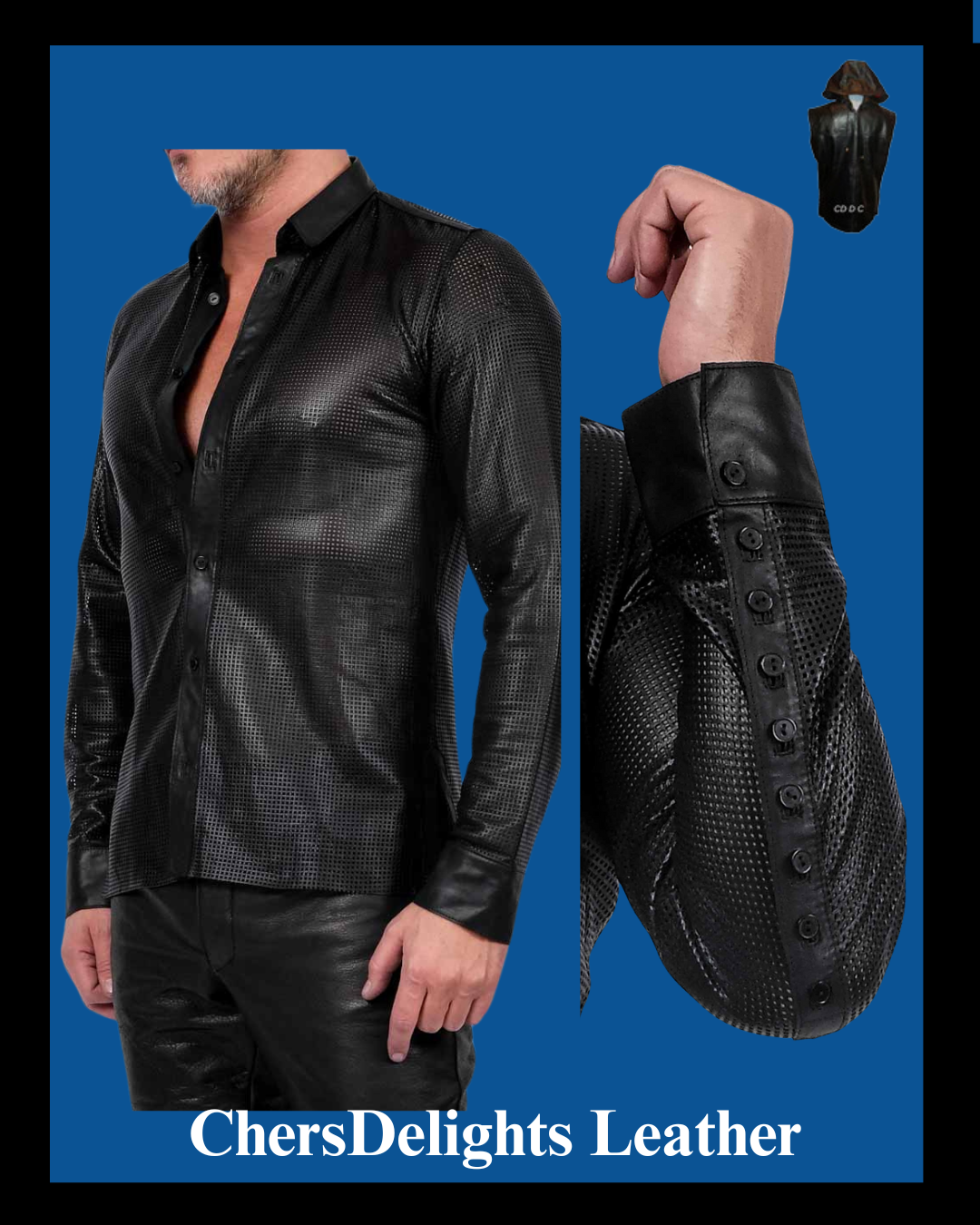

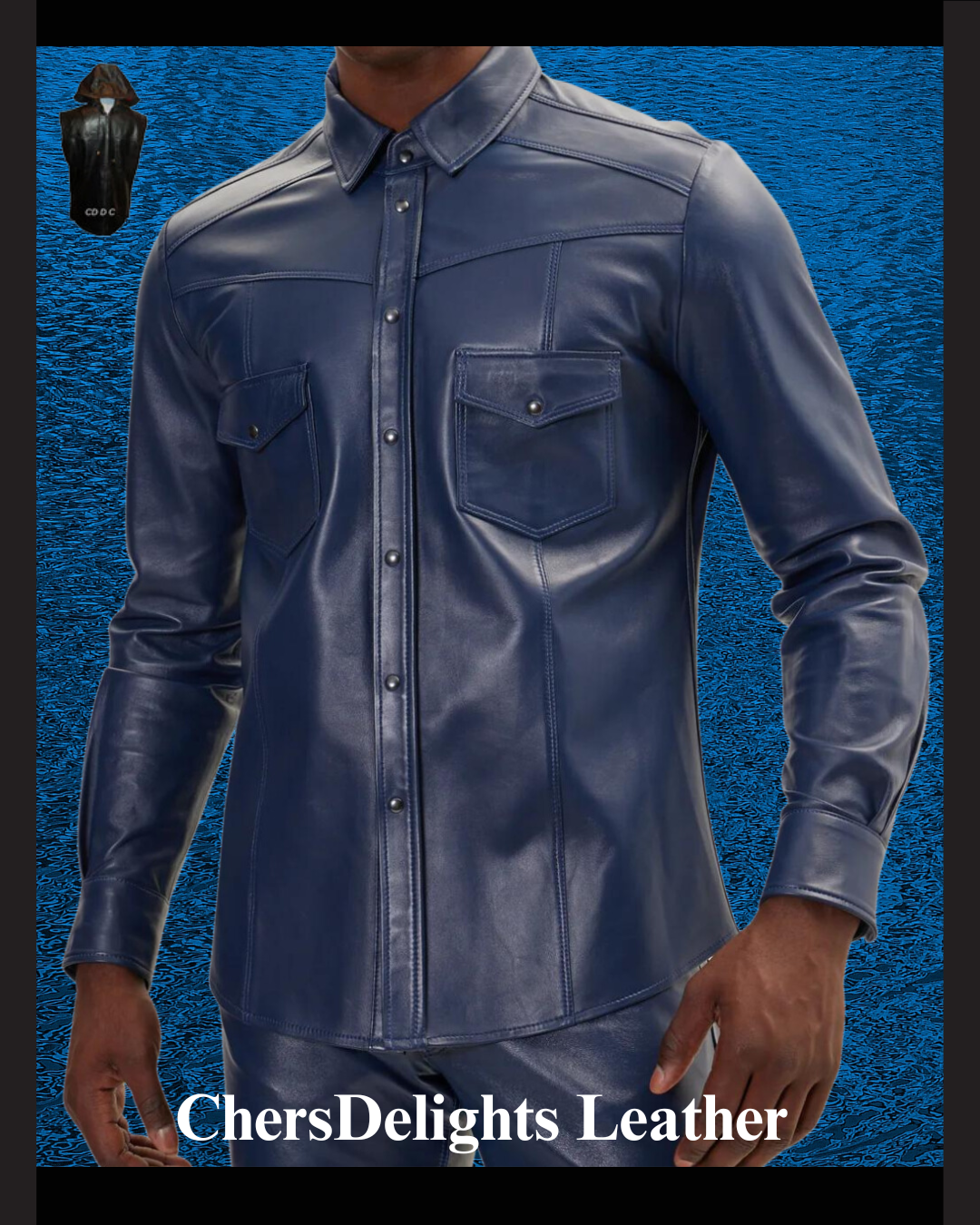





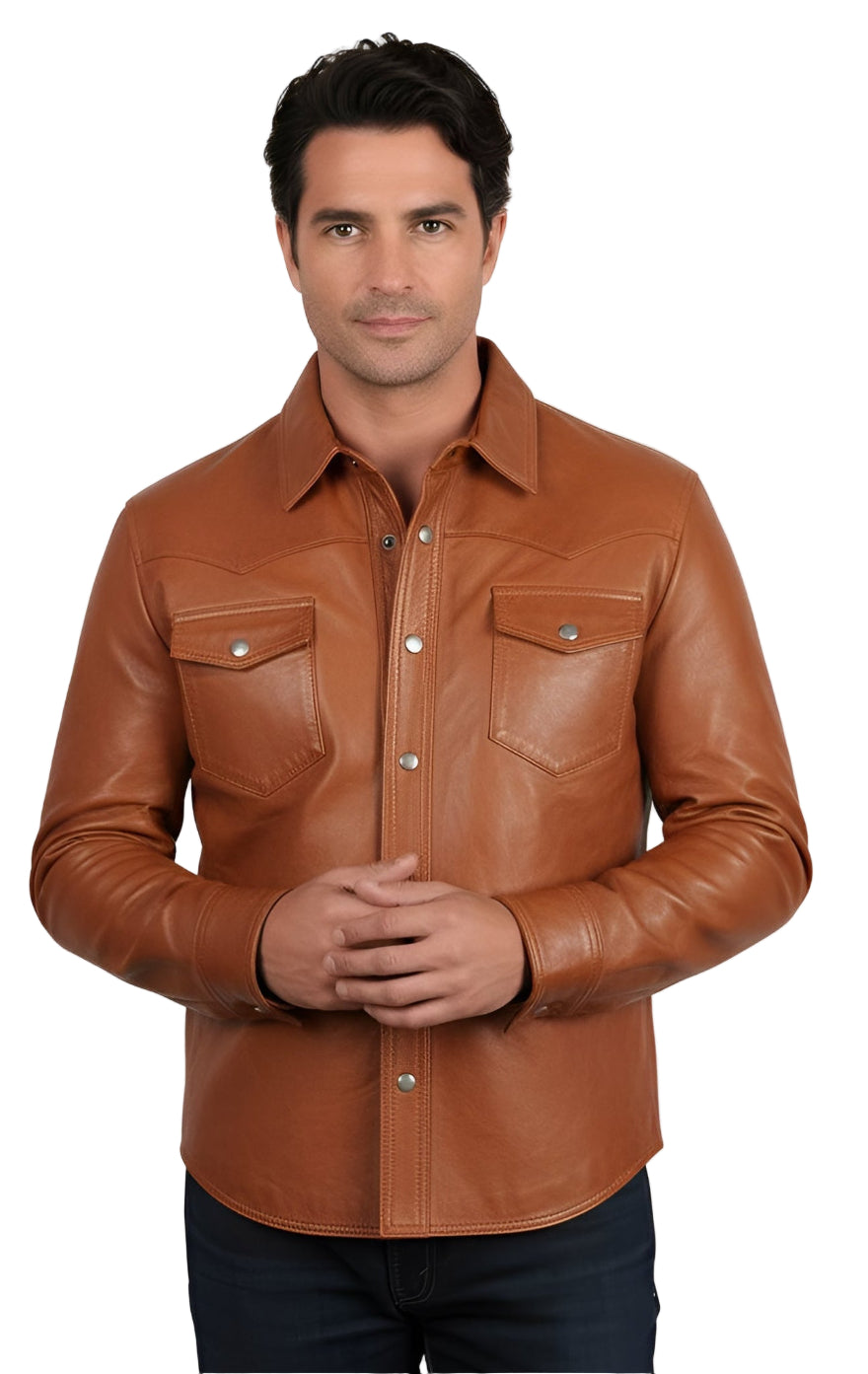


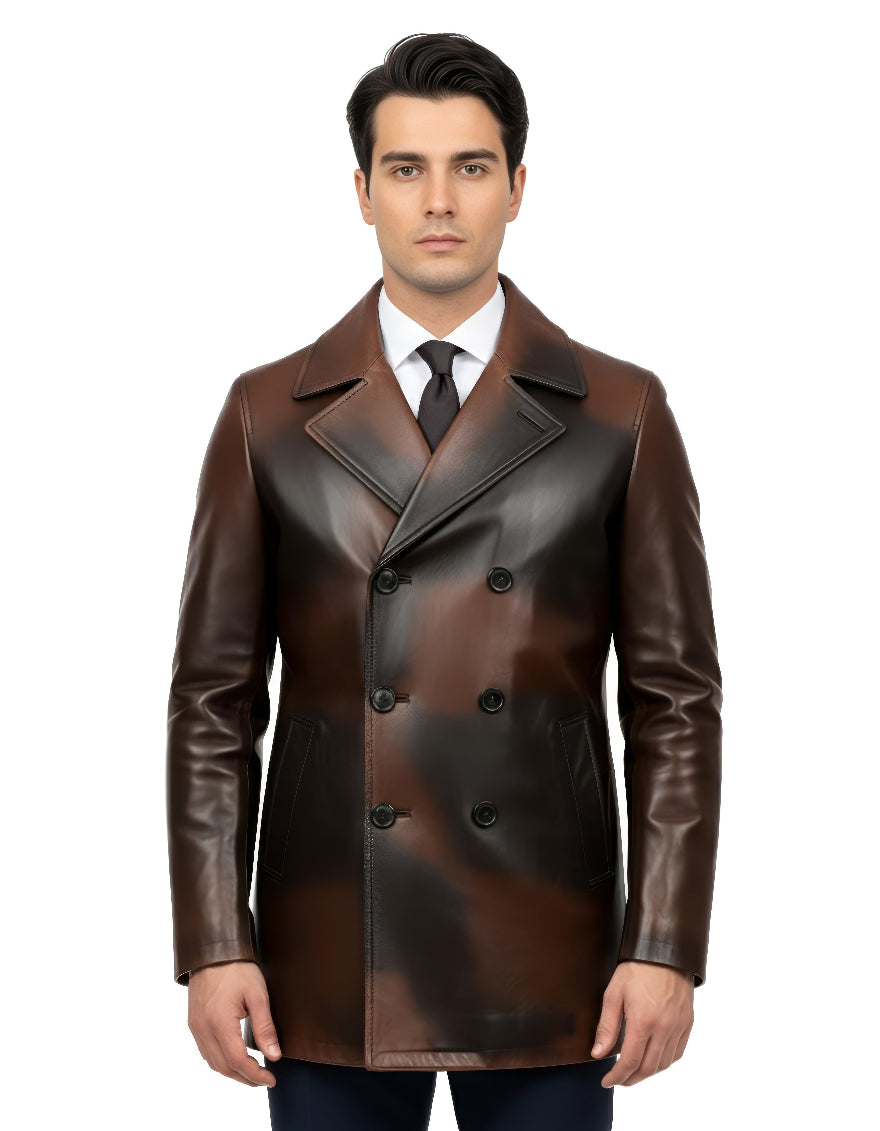

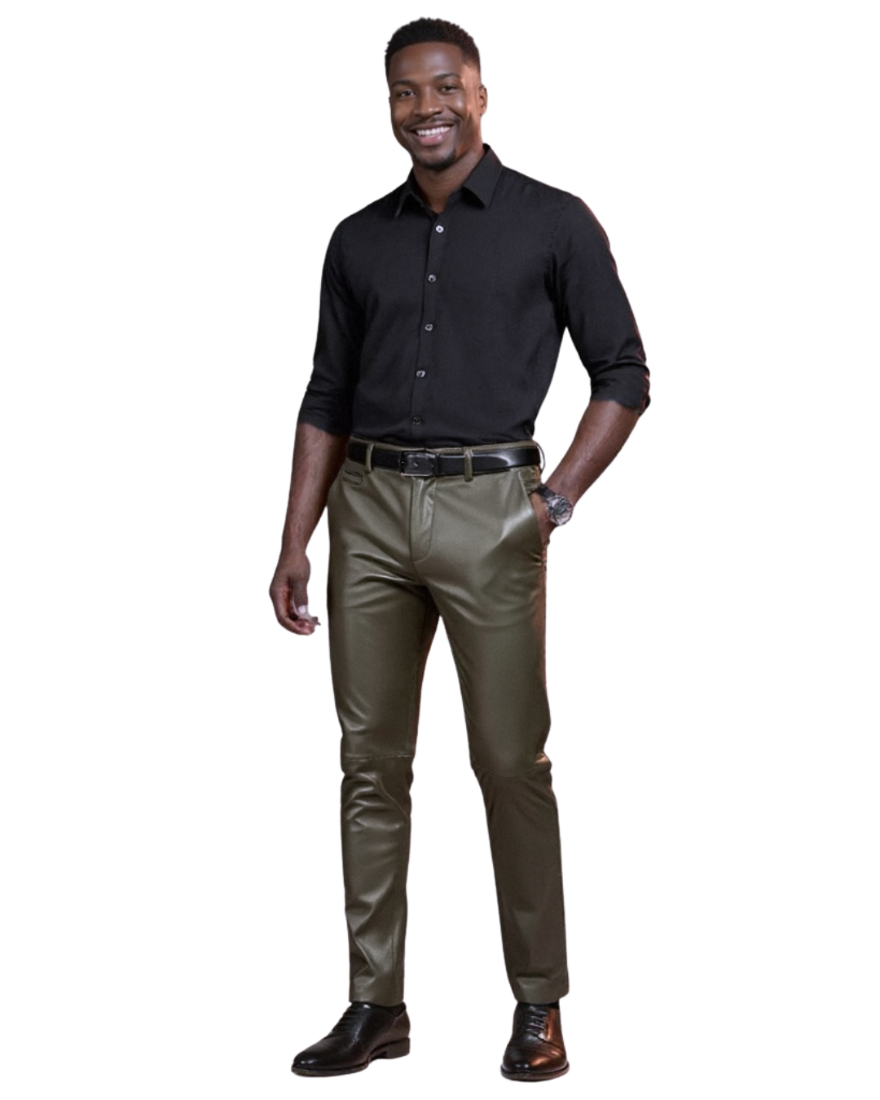
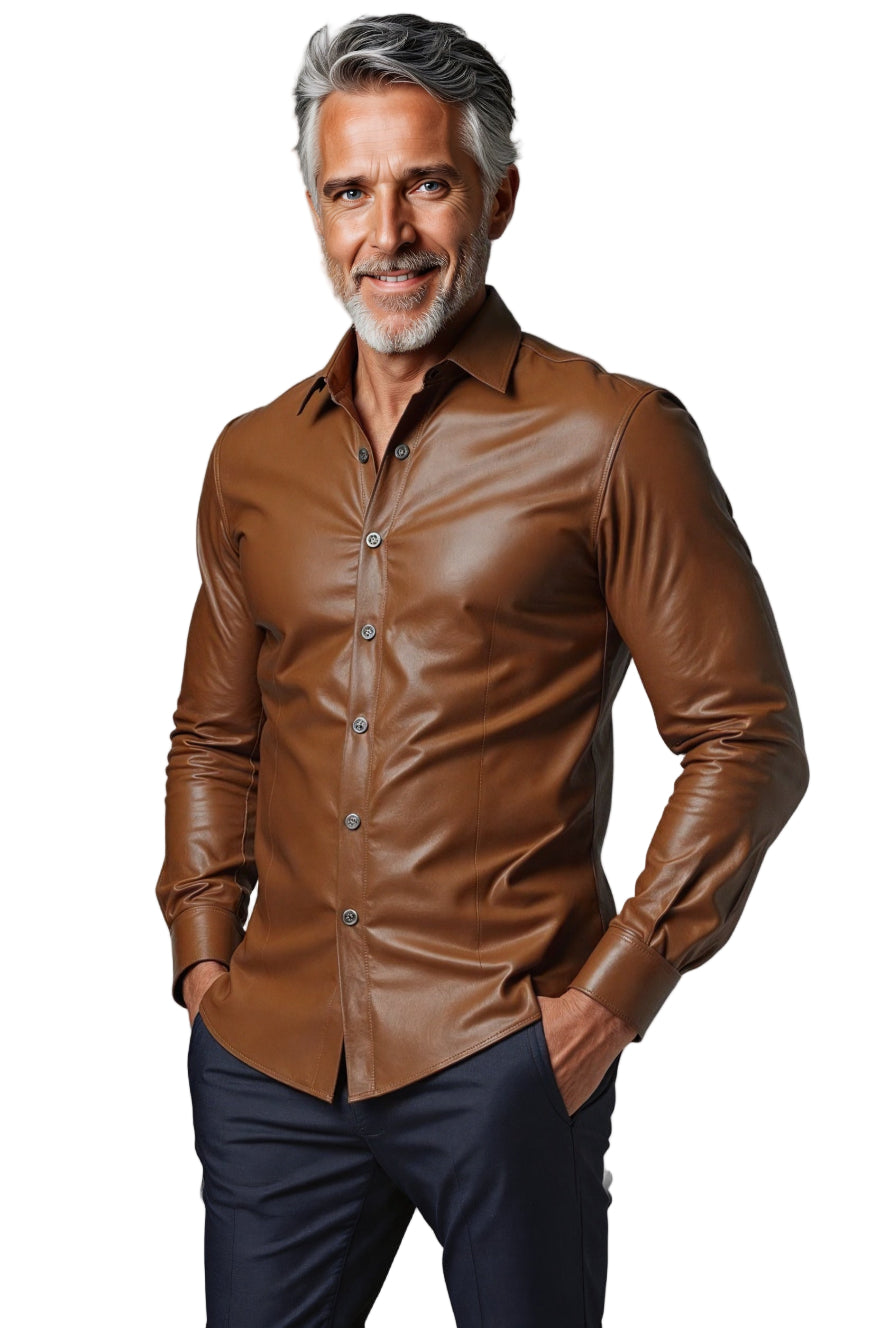
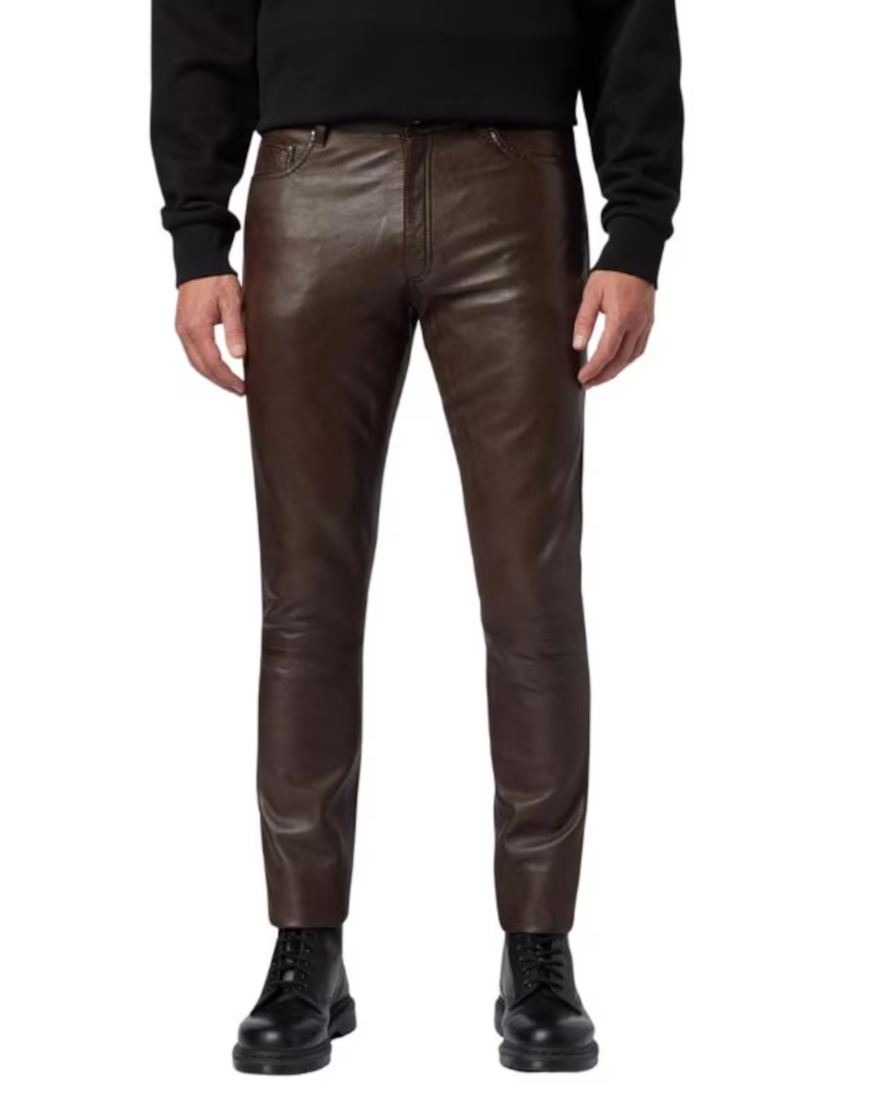
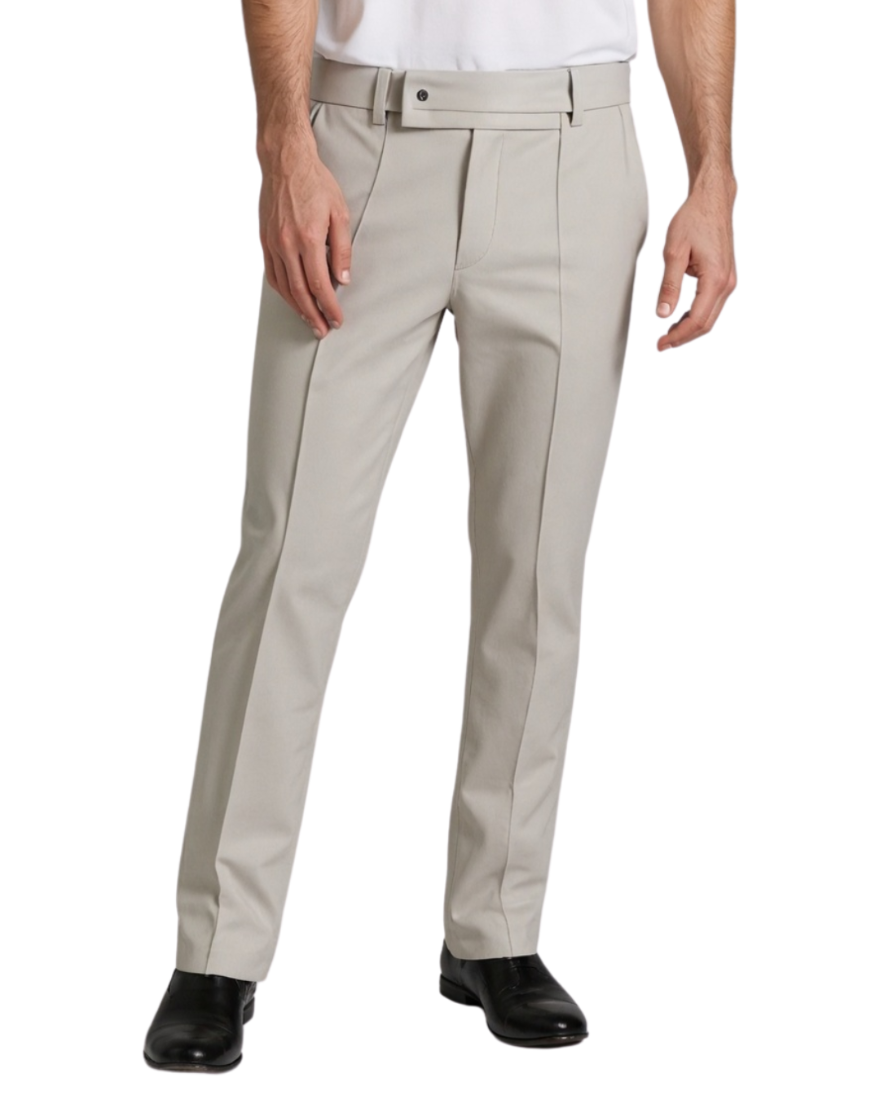
Leave a comment (all fields required)